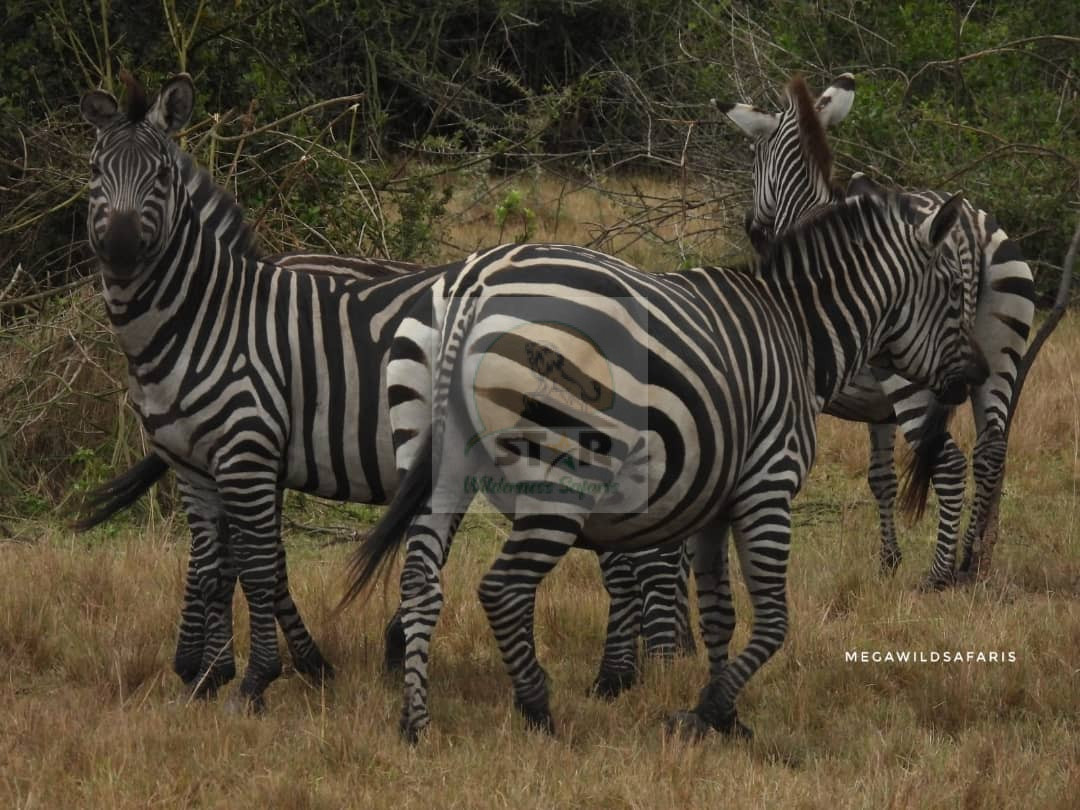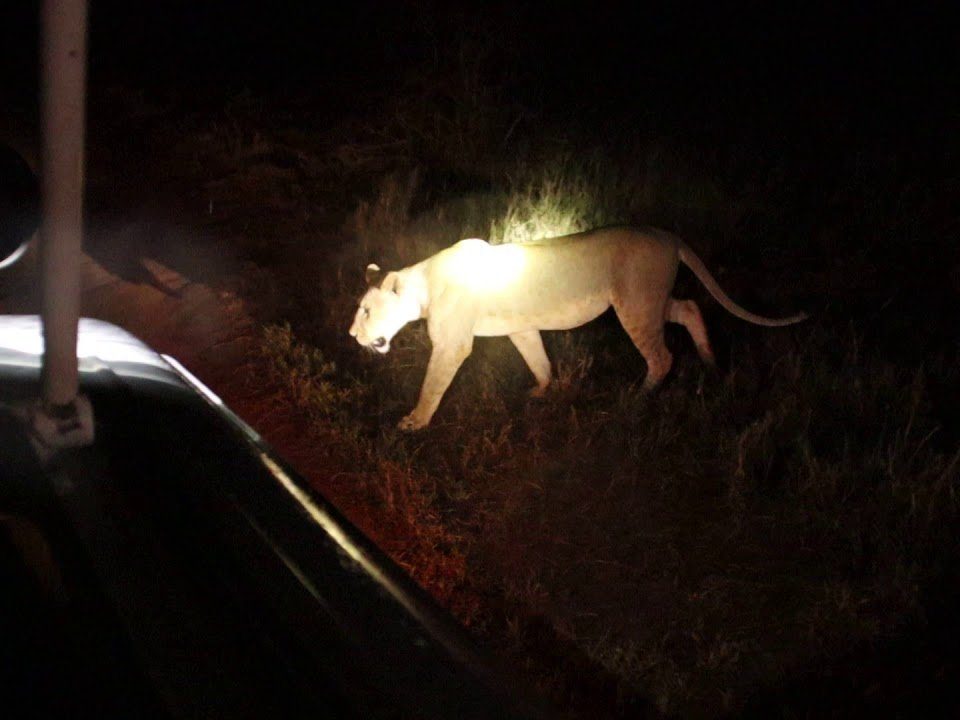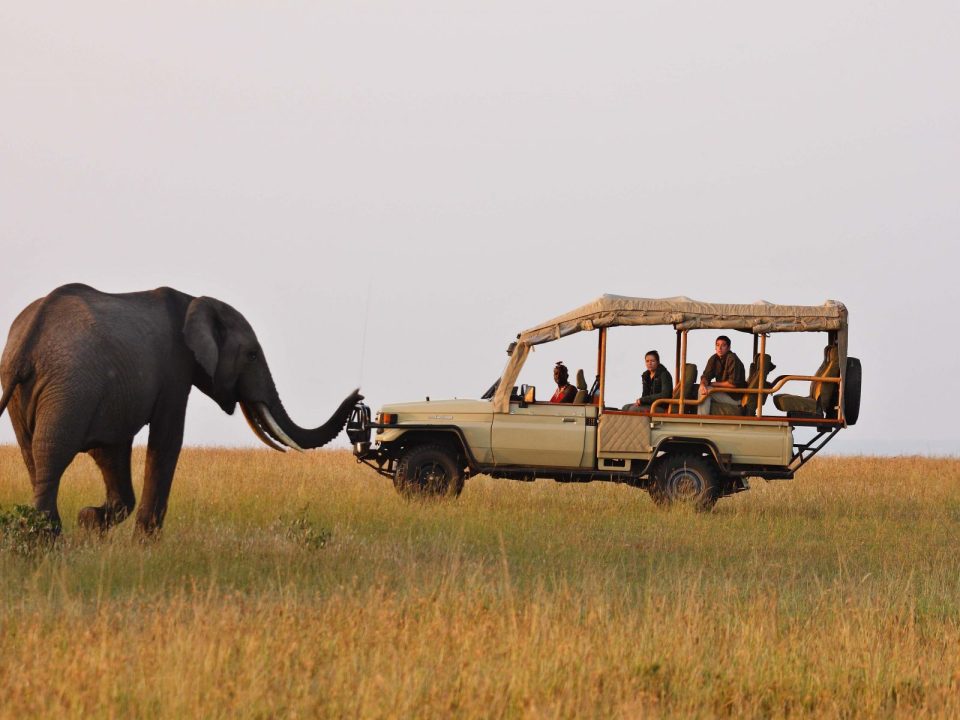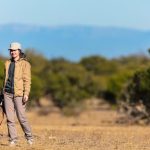
7 Things You Should Not Miss on a Safari in East Africa
May 25, 2025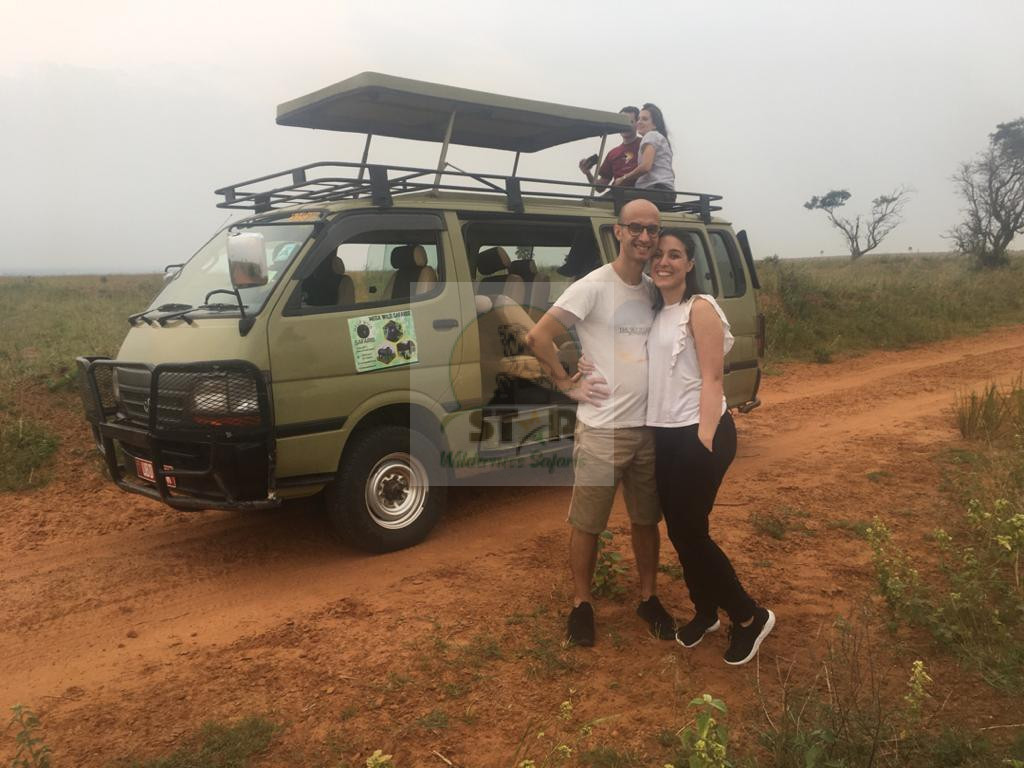
10 Tips for Visiting Masai Mara on Kenya Vacation
May 25, 2025When is the Best Time to Visit Serengeti National Park?
When is the Best Time to Visit Serengeti National Park? Serengeti National Park in Tanzania stands as one of Africa’s most iconic wildlife safari destinations. Spanning over an impressive 14,750 square kilometers, it is not only the largest park in Tanzania’s northern circuit but also the oldest, established to protect a vast array of wildlife and their natural habitats. If you are dreaming of an unforgettable wildlife safari, gorilla trekking safaris, or a classic Uganda safari combined with other East African highlights, understanding the best time to visit Serengeti National Park is crucial. This knowledge can dramatically enhance your experience, whether you seek thrilling wildlife sightings, serene landscapes, or cultural interactions with indigenous tribes.
From the sprawling savannahs dotted with acacia trees to unique rock formations that punctuate the landscape, Serengeti offers breathtaking vistas throughout the year. However, the timing of your visit plays a critical role in the kind of wildlife encounters and experiences you will have. This article will guide you through the best months to visit Serengeti, detailed seasonal breakdowns, and how you can seamlessly combine your Rwanda tour or Uganda gorilla trekking safari with a Serengeti adventure for a rich, diverse East African experience.
Understanding Serengeti National Park’s Climate and Wildlife Patterns
The Serengeti’s Ecological Cycle and Seasonal Overview
The Serengeti’s climate broadly alternates between wet and dry seasons, both of which bring unique opportunities for visitors. This cyclical pattern governs animal movements, vegetation density, and tourist crowd dynamics. Generally, the dry season extends from June to October, while the wet season falls between November and May, with a short dry spell in January and February.
The dry season is often regarded as the prime time for wildlife safaris. During these months, water sources shrink, concentrating animals like lions, elephants, buffalos, and giraffes near rivers and waterholes. This clustering effect creates unparalleled game viewing and photographic opportunities. Moreover, the sparser foliage makes spotting elusive species easier. It’s no surprise that the dry months attract the highest number of tourists to Serengeti, with peak visitor traffic between July and September.
Conversely, the wet season transforms the Serengeti into a lush, green paradise. Though animal sightings can be more challenging due to thicker vegetation and wider water dispersal, this time is perfect for bird watching, witnessing newborn wildlife, and enjoying dramatic thunderstorms over the plains. Importantly, visiting in the wet season often means fewer crowds and lower prices, appealing to travelers on a budget.
Wildlife Spectacles: The Great Wildebeest Migration
One of Serengeti National Park’s main draws is the Great Wildebeest Migration, arguably the world’s greatest natural wildlife spectacle. This awe-inspiring event features over 1.5 million wildebeests, alongside thousands of zebras and gazelles, moving in a continuous loop through the Serengeti and Kenya’s Maasai Mara. The migration is highly seasonal and predictable, making timing your safari critical if you wish to witness it.
- December to March: The migration herds are typically found in the southern Serengeti, where calving occurs, offering remarkable chances to see newborn wildebeests and vulnerable young animals. Predators such as lions and cheetahs take advantage of this abundance.
- April to May: The long rains often keep the animals in the southern plains or moving northwards slowly, though travel can be difficult due to muddy roads.
- June to July: Wildebeests start moving northwards to the western corridor of the Serengeti. This period also offers dramatic river crossings at the Grumeti River.
- August to October: The herds cross the Mara River into Kenya’s Maasai Mara, a thrilling highlight featuring crocodile encounters and intense predator-prey dynamics.
Planning your gorilla trekking safari or wildlife safari around these migration timings can elevate your overall East African safari experience.
Best Time to Visit Serengeti National Park: Month-by-Month Breakdown
Peak Season: June to October
The months from June through October represent the Serengeti’s dry season, widely regarded as the best time to visit the park for wildlife viewing. This season coincides with excellent game viewing conditions, especially during the peak of the migration river crossings between July and September. During these months, the weather is generally dry and sunny, providing ideal conditions for game drives, walking safaris, and photography.
Tourists can expect to see an abundance of big cats like lions, leopards, and cheetahs stalking prey, as well as large herds of elephants and buffalos congregating around dwindling water sources. Additionally, the relatively dry landscape allows vehicles to access remote parts of the park that might be inaccessible during wetter months.
This period also offers the possibility to combine a Rwanda safari or Uganda gorilla trekking safari, with many travelers choosing to experience the thrill of gorilla habituation in Bwindi Impenetrable Forest or Volcanoes National Park before or after their Serengeti adventure. The dry season’s favorable conditions ensure smooth travel logistics between these destinations.
Shoulder Season: January, February, and December
The short dry season during January, February, and December is another excellent time to visit Serengeti National Park. While this period sees fewer tourists compared to the peak months, it offers great wildlife viewing opportunities, especially for those interested in seeing young animals born during the calving season. The landscape is greener compared to the long dry season, enhancing scenic beauty.
Bird enthusiasts will find this season particularly rewarding, as migratory birds flock to the park’s abundant water bodies. These months are also preferred by travelers who wish to avoid crowds and enjoy more personalized safari experiences.
In terms of combining activities, this season complements well with chimpanzee tracking in Uganda’s Kibale Forest or visiting Rwanda’s Volcanoes National Park for gorilla trekking Rwanda tours. With lower tourist numbers, visitors can experience a more intimate encounter with primates and wildlife.
Low Season: March to May (Wet Season)
The wet season from March to May is considered the low tourist season due to heavy rains making some roads difficult to navigate. However, the Serengeti’s breathtaking transformation during this period offers a different kind of safari experience. The plains burst into vibrant greenery, and countless wildflowers bloom, attracting a variety of herbivores and birds.
Wildlife is more dispersed, making sightings a bit more challenging, but this season is ideal for visitors interested in photography, bird watching, and witnessing the park’s stunning landscapes. Travelers on a budget often prefer this time due to lower accommodation and tour prices.
For those wanting to include gorilla trekking safaris or gorilla tours in Uganda or Rwanda, the wet season does not limit these activities, as the forests remain accessible and lush. Combining your wildlife safari in Serengeti with a gorilla habituation experience or chimpanzee tracking can make for a well-rounded and adventurous itinerary.
Cultural Experiences to Complement Your Serengeti Safari
Exploring Maasai Culture
No visit to Serengeti National Park is complete without immersing yourself in the rich cultural heritage of the Maasai people, who have lived alongside the wildlife of the Serengeti for centuries. Participating in Maasai cultural tours offers unique insights into their traditional lifestyle, vibrant dances, and fascinating customs.
Visitors can enjoy guided visits to Maasai villages, learning about their beadwork, pastoral practices, and survival skills in the African wilderness. These experiences add depth to your wildlife safari by connecting the natural world with local human traditions.
Combining Cultural Tours with Gorilla Trekking Safaris
Many travelers opt to combine their Serengeti wildlife adventure with a Uganda gorilla trekking safari or gorilla trekking Rwanda to experience East Africa’s diverse natural and cultural heritage. After witnessing the dramatic plains and savannahs of Serengeti, a journey into the lush rainforests for gorilla trekking provides a perfect contrast.
In Uganda’s Bwindi Impenetrable Forest or Rwanda’s Volcanoes National Park, you can engage in gorilla habituation experiences and enjoy close encounters with mountain gorillas in their natural habitat. Alongside this, cultural tours in local communities around the forests deepen your appreciation of the human-nature relationship.
Practical Tips for Planning Your Serengeti Safari
Choosing the Right Safari Package
When planning a gorilla trekking safari or a combined Uganda safari and Rwanda tour, selecting the right package is vital. Many operators, including Star Wilderness Safaris, offer tailor-made itineraries that synchronize Serengeti visits with primate trekking, ensuring seamless transfers and well-balanced schedules.
Booking Gorilla Trekking Permits in Uganda and Rwanda
Given the limited number of daily gorilla permits issued—only eight per family group—early booking is essential to secure a spot for your Uganda gorilla trekking or gorilla trekking Rwanda tour. Permits contribute directly to conservation efforts and local communities, making your safari both an adventure and a contribution to sustainability.
Health and Safety Considerations
Travelers should ensure they meet health requirements such as vaccinations and carry appropriate gear for varied climates. The dry season’s dusty conditions and the wet season’s humidity each call for different preparations.
In conclusion
When is the Best Time to Visit Serengeti National Park depends largely on your interests, budget, and travel goals. Whether you prioritize spectacular wildlife safari sightings during the dry season, enjoy the lush landscapes of the wet season, or want to combine your Serengeti visit with an unforgettable gorilla trekking safari in Uganda or Rwanda, Serengeti offers year-round magic. Thoughtful planning and choosing the right time ensures your East African adventure will be filled with remarkable memories, incredible wildlife encounters, and enriching cultural experiences.

